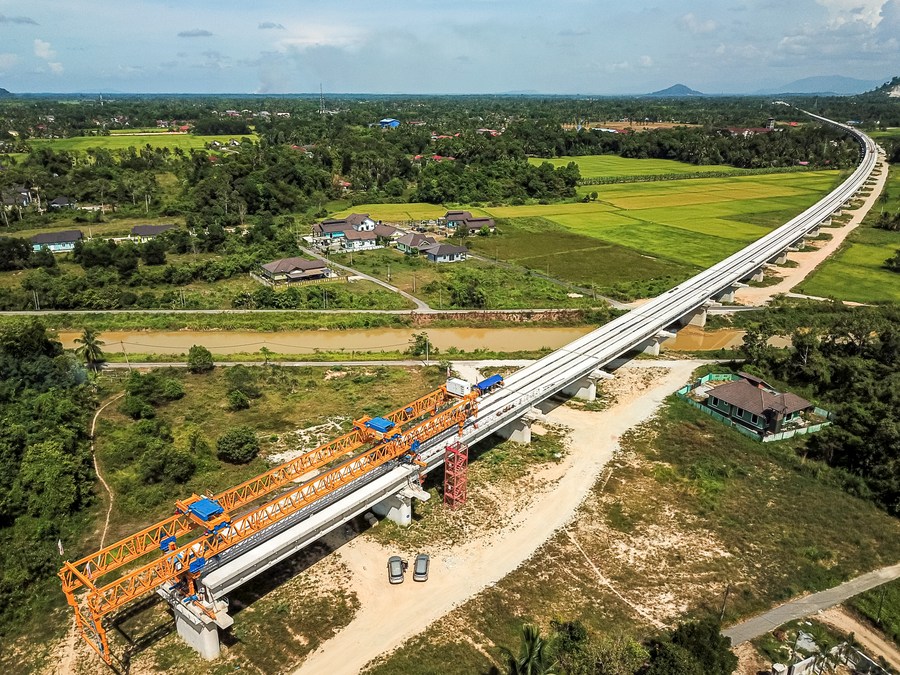Germany has initiated the development and procurement of the Small Anti-Drone Missile (SADM), designed for integration into the Rheinmetall Skyranger 30 vehicles, as a cost-effective solution against small UAS threats. Costing €490 million, the missile extends the Skyranger’s engagement range to 6 km and, informed by Ukrainian war lessons, is set to be included in the European Sky Shield Initiative.
The German Ministry of Defence is advancing a significant procurement program to develop a low-cost countermeasure against the escalating threat posed by small unmanned aerial systems (UAS). Following the approval of a funding proposal by German lawmakers on November 5, the development and deployment of the Small Anti-Drone Missile (SADM) has been officially greenlit. This strategic move is a direct reflection of critical lessons absorbed from the conflict in Ukraine and seeks to address a glaring capability gap in European air defense architecture.
DefendAir Integration and Range Extension
The novel miniature missile system is designed for integration onto the Rheinmetall-produced Skyranger 30 anti-aircraft vehicles. The SADM (dubbed DefendAir by its manufacturer, MBDA) is intended to serve as a complementary asset to the vehicle’s primary onboard cannon. Rheinmetall has confirmed that the requisite launcher apparatus is already incorporated into the Skyranger turret, capable of holding between nine and twelve missiles depending on the configuration.
The critical advantage offered by the SADM is a substantial extension of the Skyranger’s operational engagement range. Previous reports indicated that the system’s effective range would be extended from approximately 2 kilometers to up to 6 kilometers. These new munitions are being developed with specialized seeker technologies and warheads optimized to counter Class 1 UAS targets, defined as those weighing up to 150 kilograms.
The German Armed Forces (Bundeswehr) stated that the inclusion of the missile will render the Skyranger platform “fully capable of defending against small and micro-drones.” Military officials have communicated the system’s potential to neutralize up to thirty drones in a single engagement, utilizing the combined firepower of both the cannon and the missiles.
Financial Aspects and Legislative Approval
The government made the decision in May to proceed with SADM, prioritizing it over competing options, including the Stinger missile. The approval granted by the German Bundestag (Federal Parliament) this week was a mandatory legislative step for military procurement projects exceeding the threshold of €25 million (approximately $28.8 million USD).
Military news sources estimate that the total expenditure for the development and procurement of the new missile will amount to €490 million (around $565 million USD).
Contribution to the European Sky Shield Initiative
The Bundeswehr announced that SADM will be added to the list of systems qualified under the European Sky Shield Initiative. Launched by the preceding German government, this pan-European effort aims to rectify the continent’s air defense deficiencies. The initiative currently includes 24 member states, collaborating to coordinate air defense capabilities, including joint procurement, to enhance collective aerial security. Germany and its European partners are actively working to close this critical gap, which was flagged as a priority following Russia’s full-scale invasion of Ukraine in February 2022. Alongside the Skyranger enhancement, Germany has also invested in other air defense assets, such as the long-range, Israeli-made Arrow 3 interceptor.
Germany’s investment in the SADM miniature missile is a pragmatic and cost-effective response to the asymmetrical UAS threat that characterizes modern warfare. This strategic development will not only significantly augment the German military’s low-altitude air defense capability but also contribute meaningfully to the strength of the European Sky Shield Initiative, thereby reinforcing continental security. The SADM signifies a crucial step toward developing more resilient, layered, and economical air defense architectures.












